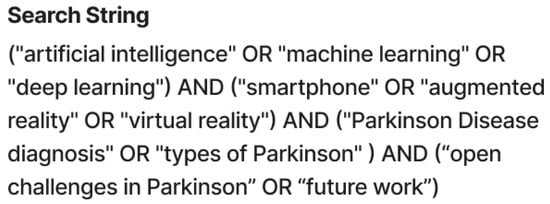Overview
Recent research indicates that the accuracy of diagnosing Parkinson’s disease (PD) ranges from 55% to 78% within the first five years. This variability is partly due to the similarities between Parkinson’s and other movement disorders, complicating definitive diagnoses.
Understanding Parkinson’s Disease
Parkinson’s disease encompasses various conditions, including:
- Idiopathic Parkinson’s: The most common form.
- Multiple System Atrophy: Parkinsonian variant.
- Progressive Supranuclear Palsy: Another related disorder.
Each condition shares motor and non-motor symptoms, such as changes in gait, but has distinct pathologies and prognoses. Misdiagnosis occurs in approximately 25% to 50% of patients.
New AI Software Development
Researchers at the University of Florida, in collaboration with the UF Health Norman Fixel Institute for Neurological Diseases, have created a software tool designed to enhance the differential diagnosis of Parkinson’s disease and related disorders. Key features include:
- Increased Diagnostic Precision: The software improves diagnostic accuracy to over 96%.
- Automated Imaging Differentiation for Parkinsonism (AIDP): This tool utilizes machine learning and diffusion-weighted MRI to identify neurodegeneration locations.
- Cross-Compatibility: The software is designed to work with various MRI manufacturers’ systems.
Benefits of AI in Diagnosis
While human expertise remains crucial, even seasoned specialists can benefit from AI tools that enhance diagnostic accuracy across different disorders. Dr. David Vaillancourt emphasized the importance of interdisciplinary collaboration in achieving this innovation.
Future Directions
The next steps for the research team include seeking approval from the U.S. Food and Drug Administration (FDA) to implement this technology in clinical settings. Dr. Michael Okun, a medical adviser to the Parkinson’s Foundation, expressed optimism about the potential impact of this innovation on patient outcomes.
Conclusion
This advancement in AI technology represents a significant step forward in the diagnosis and management of Parkinson’s disease, promising to improve the quality of care for patients.
